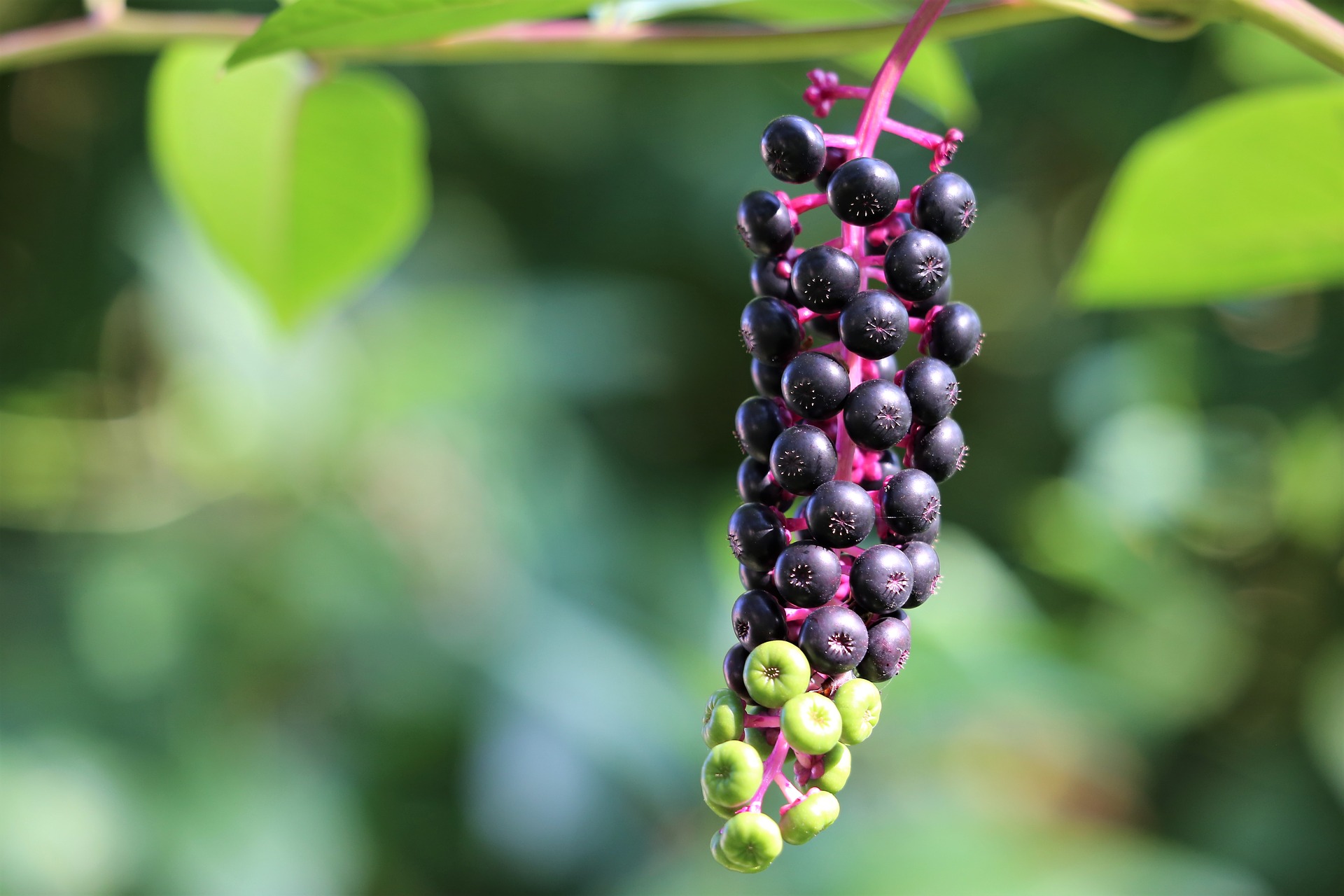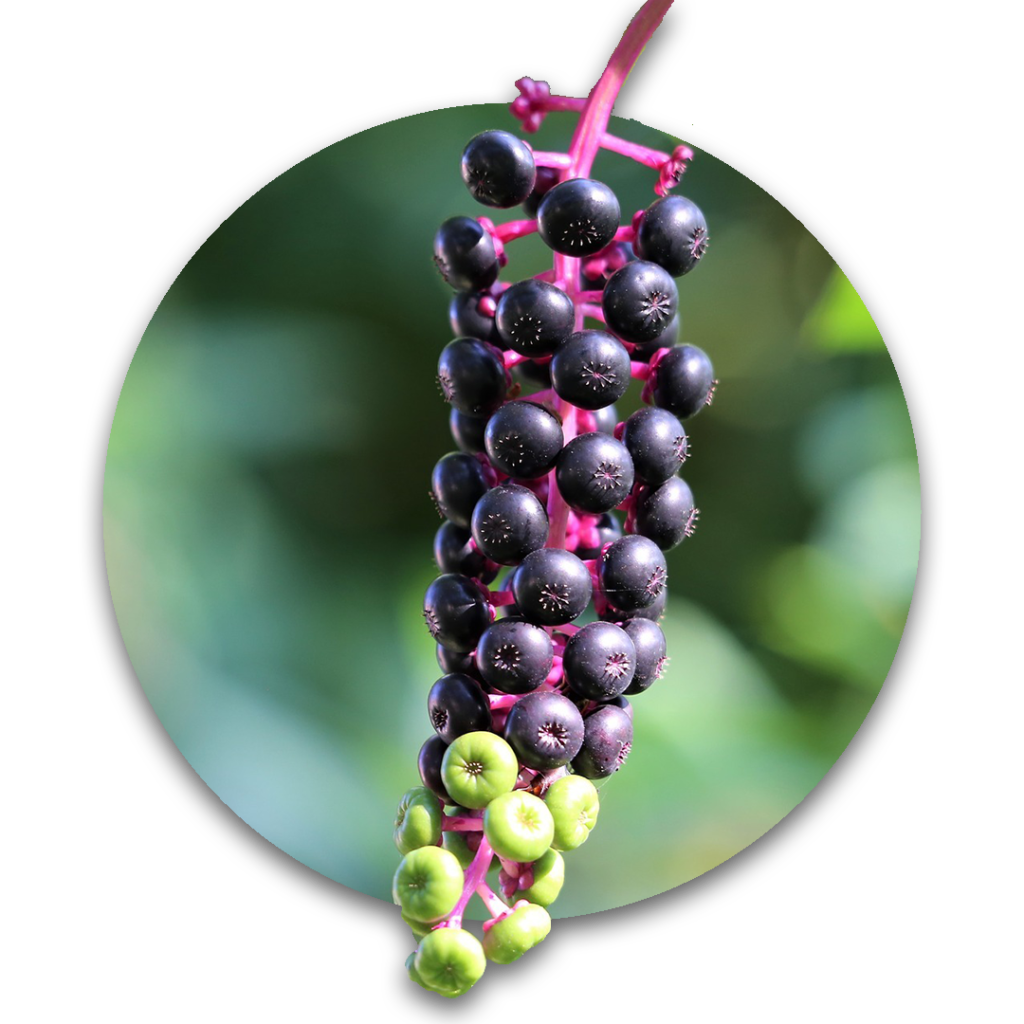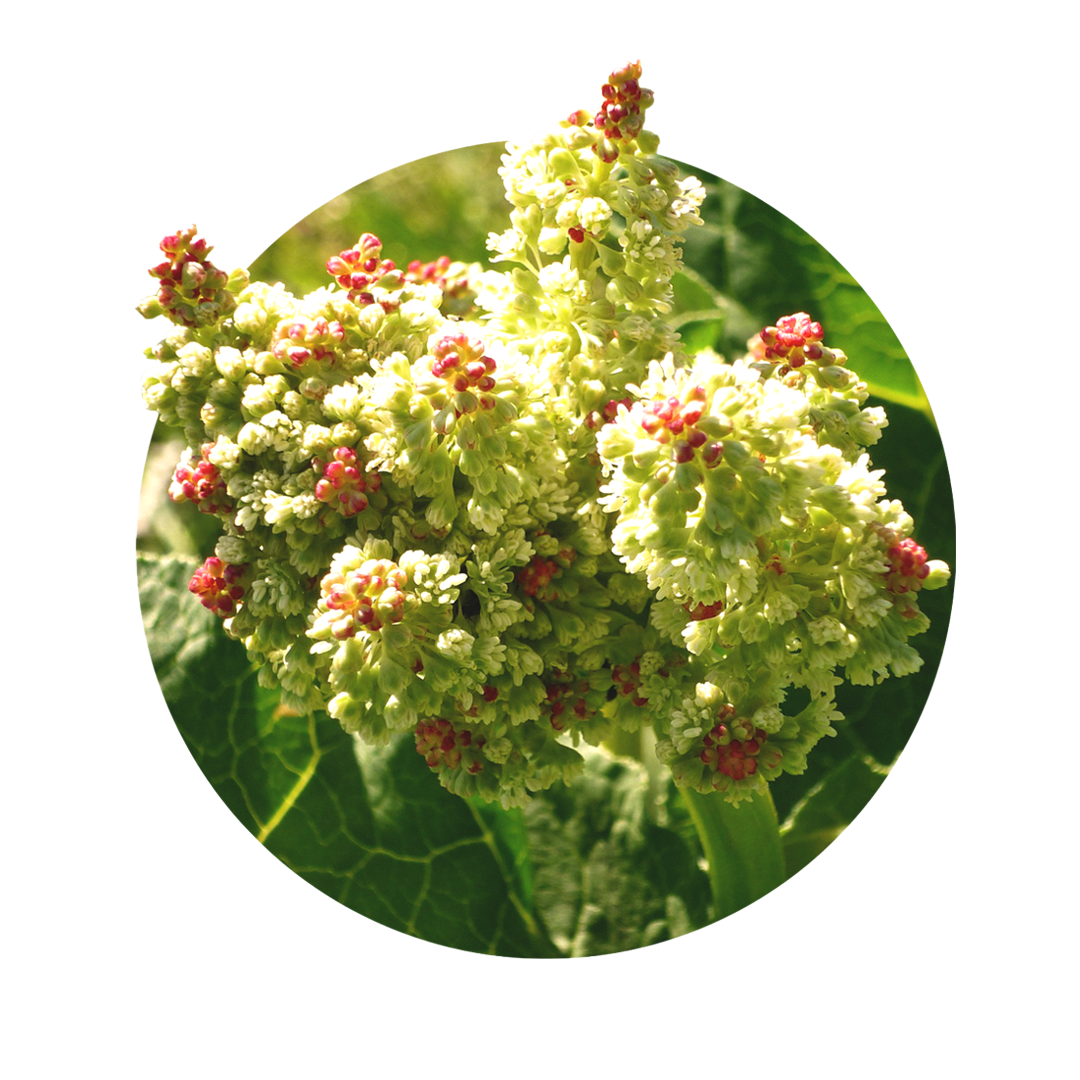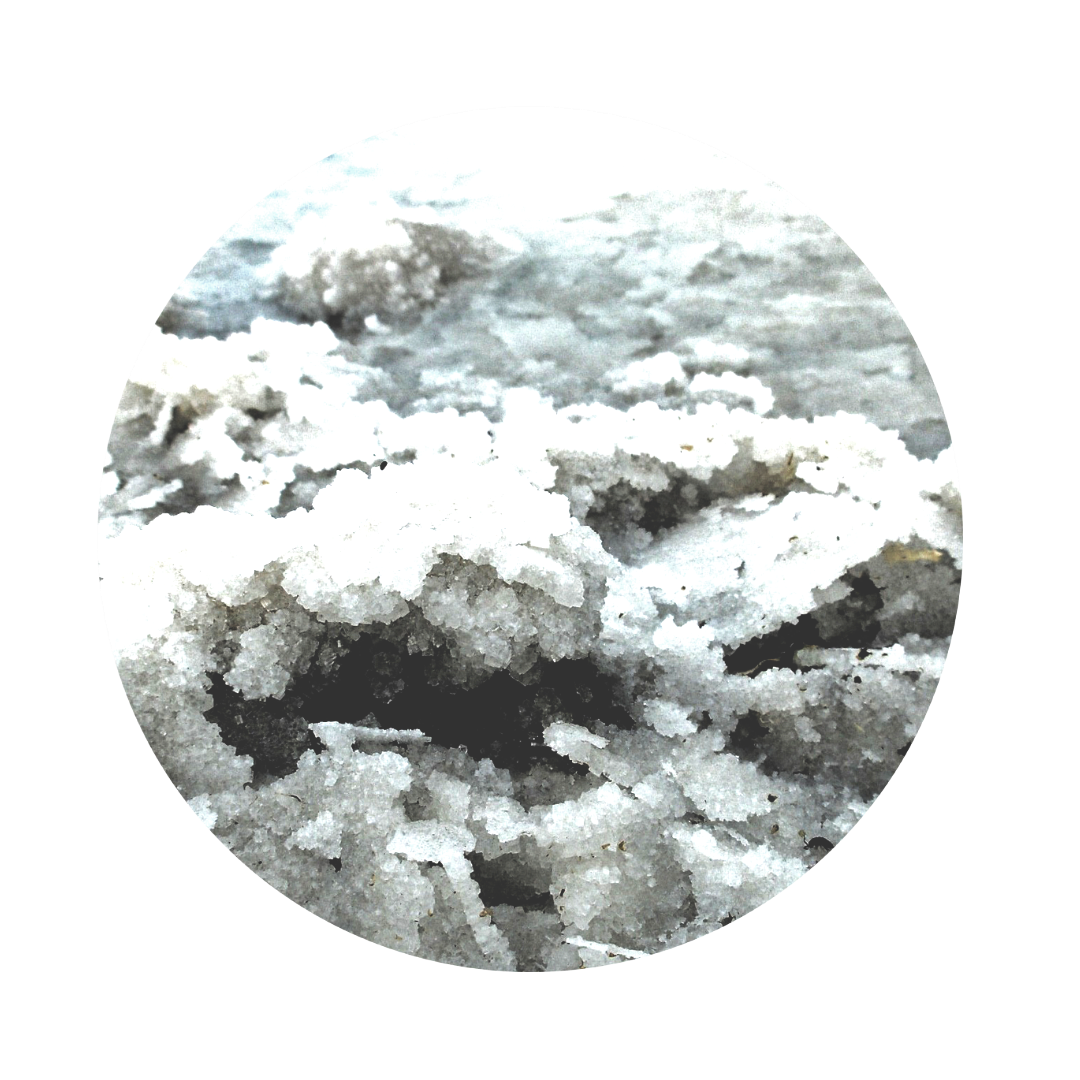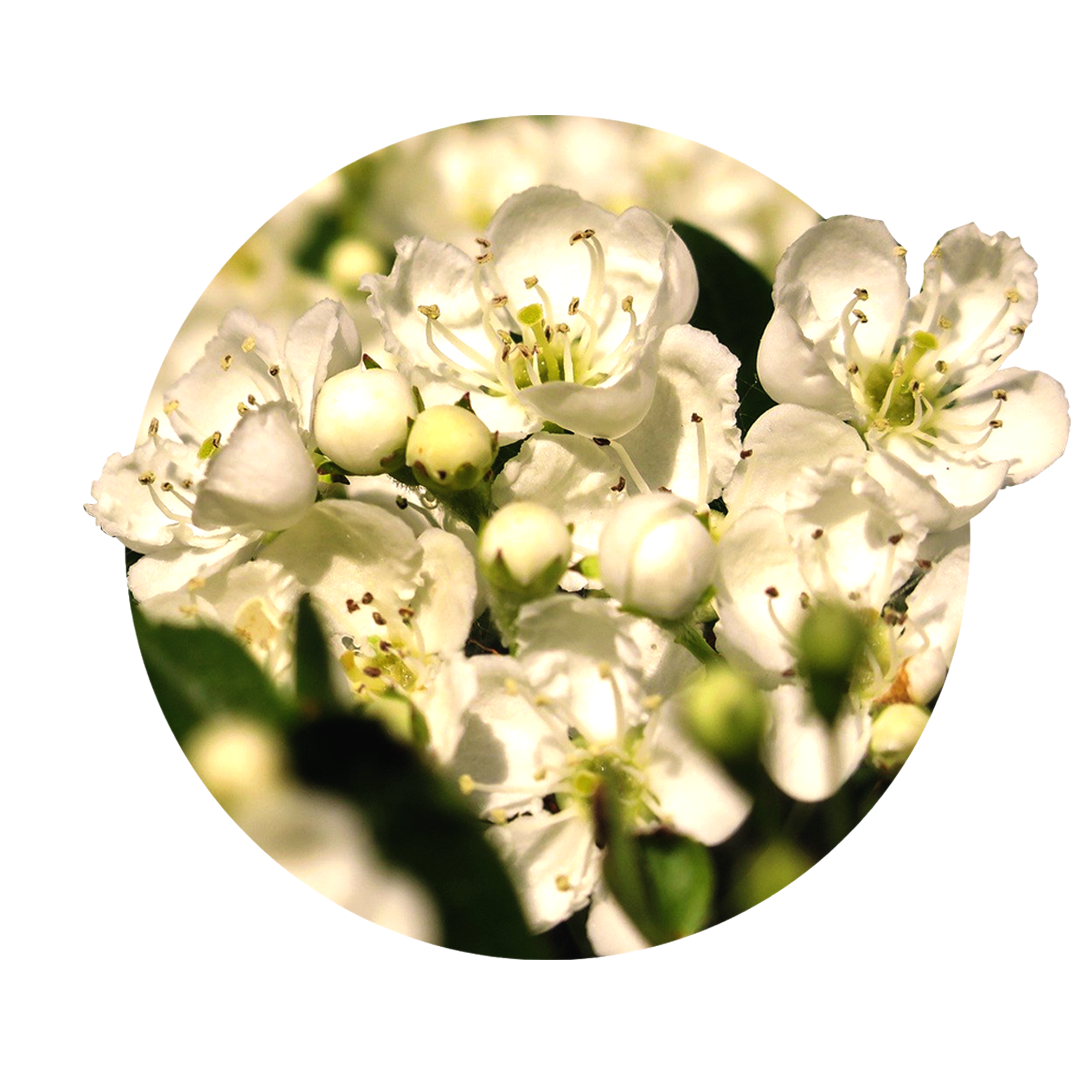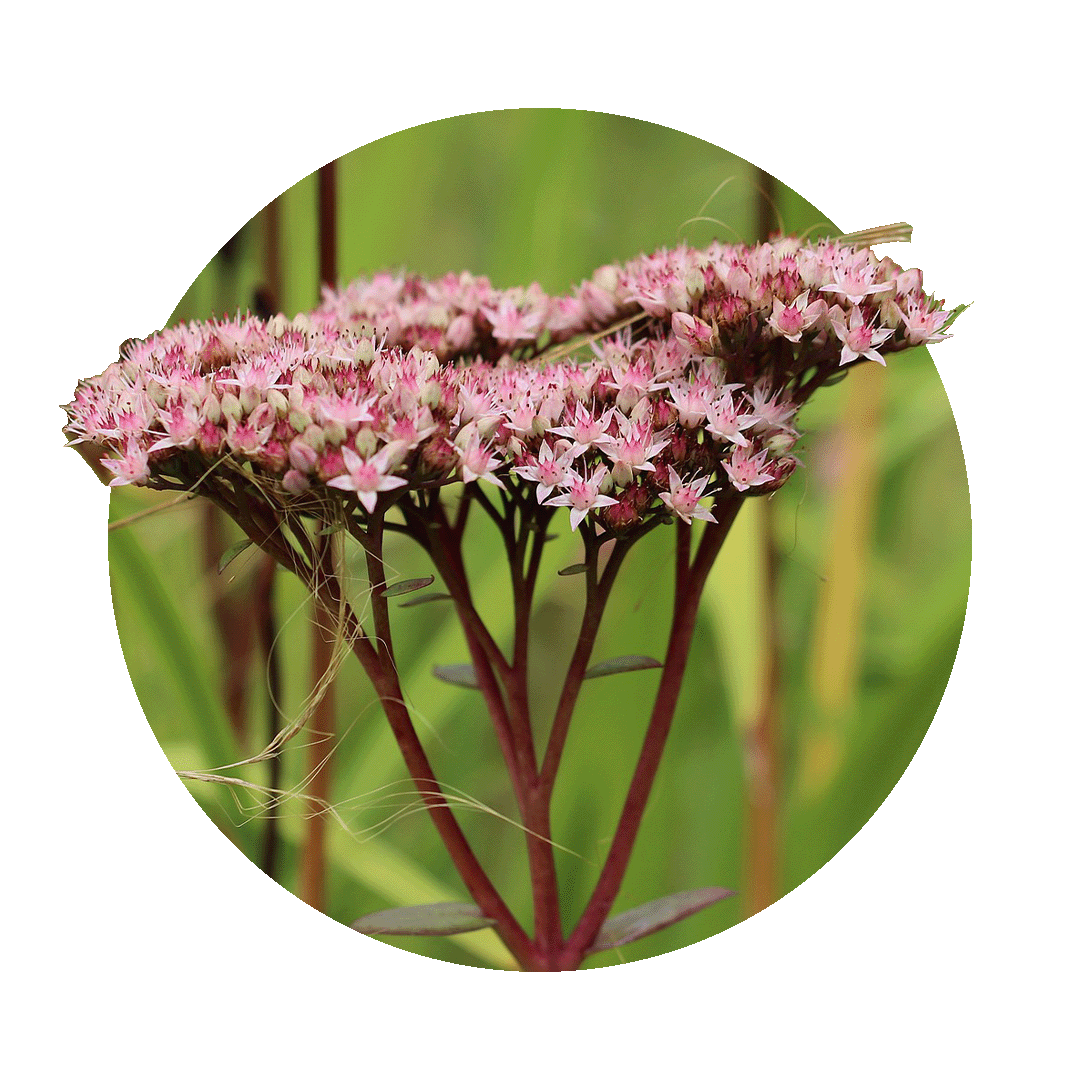Kermes berry: the medicinal plant with red berries
Today, the Asian pokeweed is an important medicinal plant in naturopathy. It has its origin in Southeast Asia, where it has been used for a long time and was extremely popular in the 1st millennium B.C., so that it was considered a polychrest there. In our latitudes it has not established itself in phytotherapy, but in homeopathy it has. Here it is an important remedy for red, hot inflammations. Historically, pokeweed has played a role as a dye. It was used both to dye fabrics and to color pale red wines. Today is still his plant, which can be found in our country again and again on vineyards.
Facts about pokeweed
Did you know that...
...young plant parts are edible, but old ones are poisonous?
...Phytolacca is the subject of research for the treatment of immune deficiencies?
...the pokeweed was also used in the cosmetics industry for lipsticks?
What is pokeweed?
The pokeweed is a perennial herbaceous plant that usually occurs as a perennial. It has growth heights of over one meter and emerges from a thickened, turnip-like root bulb. The shoot axis of the plant is light green to purple and is highly branched. The long leaves are oblong-oval and grow relatively large, up to 26cm in length. Its erect inflorescences appear between June and September and captivate with fine, racemose, white flowers. All parts of the plant are considered poisonous to humans, but toxicity only increases with age. Young plants are therefore eaten in some areas without serious consequences.
General and medicinal properties of Phytolacca acinosa
The basic knowledge
Anti-inflammatory
The pokeweed is anti-inflammatory. Therefore, it is much used for highly red events in the throat area in the context of colds. Here it has a decongestant effect, as the inflammatory irritation decreases.
Antirheumatic
The pokeweed is anti-rheumatic. It is used for highly red, swollen joints, makes them decongest and helps to restore their functionality.
Dissolves hardenings
The pokeweed dissolves hardening. Tissue that is massively inflamed hardens and therefore often hurts enormously. The pokeweed softens the tissue again, makes it decongest and thus also takes away the pain. The tissue becomes touchable again and regains its original function.
Phytolacca acinosa: Ingredients
The pokeweed contains a number of active ingredients that are believed to have healing properties.
- Saponins
- Phytolaccagenin
- Lecitin
- Tannins
Pokeweed: effect for body and mind
Today, pokeweed is only used as a homeopathic or spagyric remedy, as its plant parts all contain substances that are toxic to humans. In dilutions, however, it has an anti-inflammatory effect, promotes the immune system and has analgesic properties, which are used in the treatment of rheumatic diseases. The saponins it contains cause diarrhea at higher doses, which is why it used to be used for constipation. It is now considered a remedy for treating highly red, swollen conditions associated with tenderness to touch and pain. These include pharyngitis, rheumatism, mastitis and others.
Properties of Phytolacca acinosa
- Anti-inflammatory
- Decongestant
- Antirheumatic
- Milk flow stimulating
- Unclogging
- Immune-boosting
Fields of application in naturopathy
[Phytolacca acinosa]
Traditionally, and in terms of the active ingredients it contains, phytolacca has been used for the following health problems in naturopathy to this day.
Pokeweed for cough
Phytolacca is one of the great cold remedies when it comes to hot, dry inflammations. The plant is antiviral, so it combats most pathogens, and its anti-inflammatory action helps symptoms calm down more quickly. In addition, it is expectorant and thus relieves the lung and bronchial tissue when coughing up the resulting tough mucus.
Phytolacca acinosa for immunodeficiencies
According to the latest research, Phytolacca has a good effect on immune deficiencies. It has a positive effect on swollen and overburdened lymph nodes, makes them swell and helps the lymph to regain its defensive capacity. Its intake strengthens the non-specific immune system and helps to fight off infections at an early stage.

Phytolacca acinosa for mastitis
Young mothers in particular often suffer from mastitis. In this case, the nipple becomes inflamed. This is highly painful and leads to the fact that the affected breast can not be touched. The pokeweed helps here to get the inflammation under control. The breast becomes softer again, the swelling goes down and the pain subsides, so that the infant can soon be breastfed again.
Pokeweed for flatulence
Often flatulence is due to constipation conditions where the stool remains too long in the intestine. Kermes berry stimulates the flow of bile and has a mild laxative effect. As a result, the stool leaves the intestine faster, no longer causes flatulence and digestion relaxes again.
Pokeweed for throat inflammation
Many pharyngitis also spread to the existing palatine tonsils, which usually makes swallowing difficult and painful. In the case of non-bacterial inflammations, naturopathy always resorts to pokeweed, as it causes the affected areas to swell down, inhibits the inflammation and thus also alleviates the difficulty in swallowing. The pain decreases increasingly and the event relaxes again.
Phytolacca acinosa for wounds
Since phytolacca has some antiviral effect and has been shown to have anti-inflammatory properties, it is always a component of wound ointments. It helps to decongest the wound, takes out the inflammation and thus helps to accelerate and advance the healing of the wound. It also reduces the accompanying pain and thus increases the patient's well-being.
Notes on the use of pokeweed
Kermes berry is used for therapeutic purposes in acute cases several times a day as a spagyric or homeopathic remedy. It can be used alone or as a component of mixed preparations. The intake should be hourly to several times a day, depending on the acute nature.
Phytolacca acinosa during pregnancy & lactation
During pregnancy and lactation, the use of pokeweed is fundamentally discouraged.
Discover our sprays
With natural methods such as the individual spagyric sprays from Zimply Natural, complaints can be treated and sustainably alleviated.
Use healing power of pokeweed!
Use the healing power of pokeweed and our other more than 100 medicinal plants for the natural relief of your complaints. Improve your well-being and support your body, your mind and your soul! Use our configurator to create your personal spagyric spray, which is tailored to your needs and accompanies you on your natural path to the improvement of body, mind and soul.

